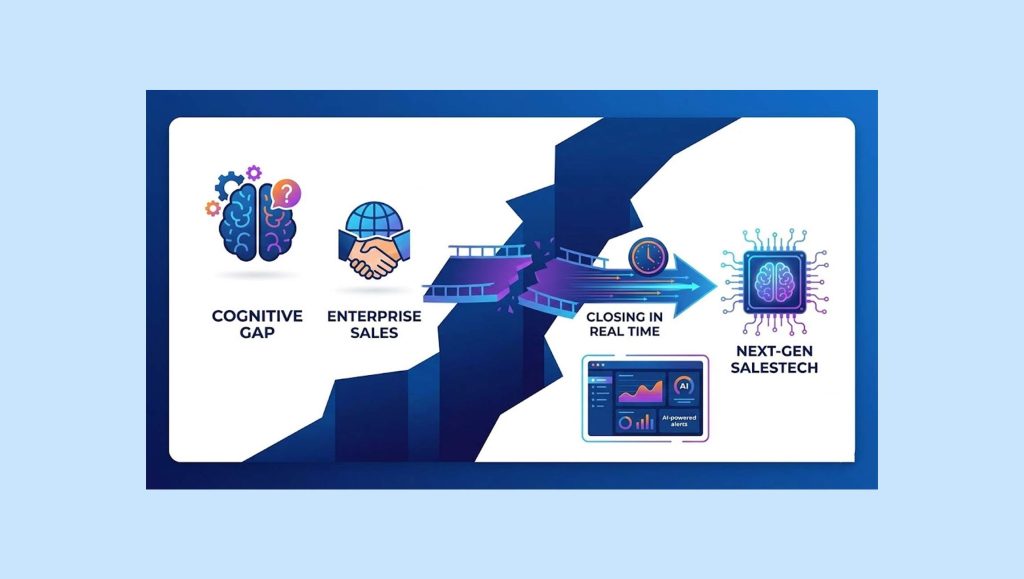 If you think customer onboarding is not something your business needs, you are probably sadly mistaken. Whether you sell books or SaaS-based tools, how you make feel your clients when they make their first steps is just immensely important.
If you think customer onboarding is not something your business needs, you are probably sadly mistaken. Whether you sell books or SaaS-based tools, how you make feel your clients when they make their first steps is just immensely important.
Why, I hear you ask?
Well, for a couple of reasons. First of all, a poor onboarding experience is a common reason for customers to churn and start looking for better options. They might not feel like they are getting the assistance they need or they simply don’t understand how to apply your product to their problems. Either way, by onboarding your customers the right way, you can reduce churn rate big time.
Secondly, if you make a customer happy, they are more likely not only to stick around and purchase more but also to share their positive experience and generate that sweet-sweet word-of-mouth. The best type of advertising, as some believe.
Read More: Mobile App Optimization Techniques That Work
So let’s dive in into how you can start your customer onboarding process with these 5 steps.
1. Get to know your customer
This step is pretty straightforward. It’s crucial that you have at least a basic understanding of what your customers are looking for, what kind of problems they ran to, etc. The more you know, the better you can streamline and tailor your processes for them.
At some point, prompt your customers to fill out a form, answer a couple of questions or simply share their own view in person depending on your business format. Try to stay to the point and get only relevant information.
2. Set boundaries
After you have gathered and analyzed your customers’ info, you can move on to the next step and put it to use. By setting the boundaries for expectations, you are giving a clear idea to your customers where and how your services can help them.
As great as your product might be, it’s unlikely to solve every issue customers have or, at least, not the way they might expect it to. If you make it clear in the beginning, there will be less disappointment later on.
Read More: 72 Stats To Understand SEO In 2018 (Infographic)
3. Set goals
Now that you know what kind of person you are working with, you can set customer-centric goals and begin the journey. Help them set up their account, product, etc, and make sense of your interface. The easier it is for your customers to navigate through your website, the more confident they will feel.
Make sure that for each goal you set, you indicate a specific tool, set of tools or a resource to resort to. There should be no confusion coming in the way of your customers’ progress. Try to take care of this step thoroughly,
4. Always be in touch
Don’t let your customers be alone with any obstacle they may arise. Any difficulty needs to be tackled with your assistance. Otherwise, you are running a risk of making a bad impression, like not caring about your customer base.
So make sure you are easy to reach. One of the common practices is to have a live chat on your website which would make communication fast and effortless. But don’t always sit still until someone pings you. Sometimes, you have to be proactive and do occasional checkups.
5. Measure your onboarding process
It is believed that metrics that are not getting measured cannot be improved. Which makes sense if you think about it. If you don’t constantly figure out what you can do better and where you might underperform, you are most likely missing out a lot.
Get your onboarding process under control and start keeping an eye on your success with the help of metrics like churn rate, Net promoter score (NPS), Customer lifetime value (CLV), etc.
Try to get users’ feedback at different stages of their journey to see exactly which part they are the happiest with and where they struggle. Act on this data and come up with better ideas to implement. Polish any mistakes and let your customers know you are doing it.
Read More: Why Better Parental Leave Matters for the MarTech Industry
Final thoughts
Customer onboarding is a huge part of customer satisfaction and plays a vital role in every business’ success. In a lot of ways, it’s all about how you introduce your product and know how to help people use it.
By creating and implementing a customer onboarding strategy, you can decrease the churn rate, get more happy customers and grow your business through word-of-mouth.





















